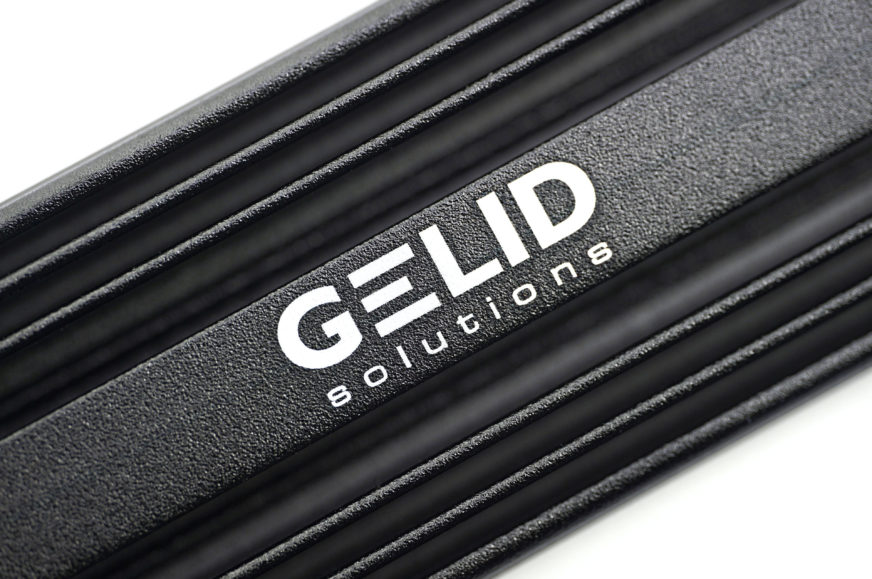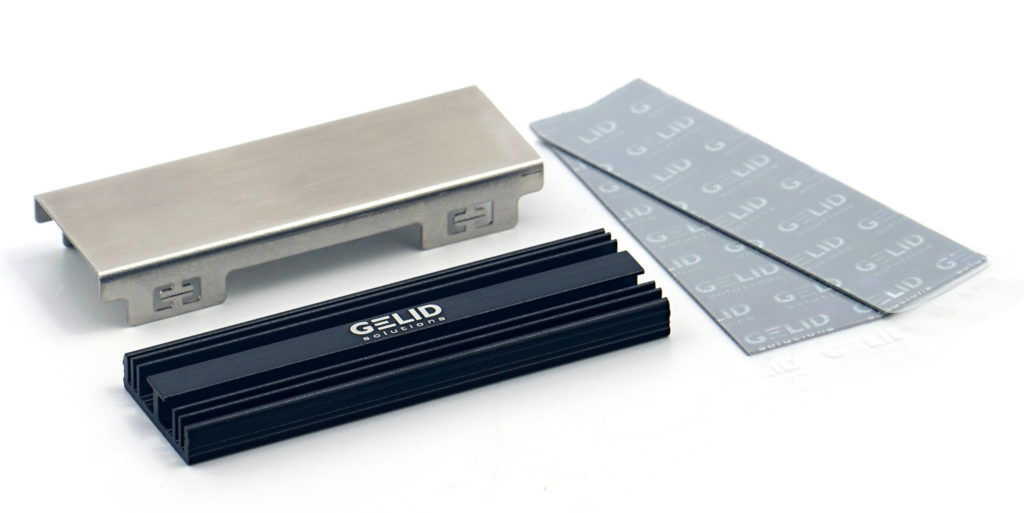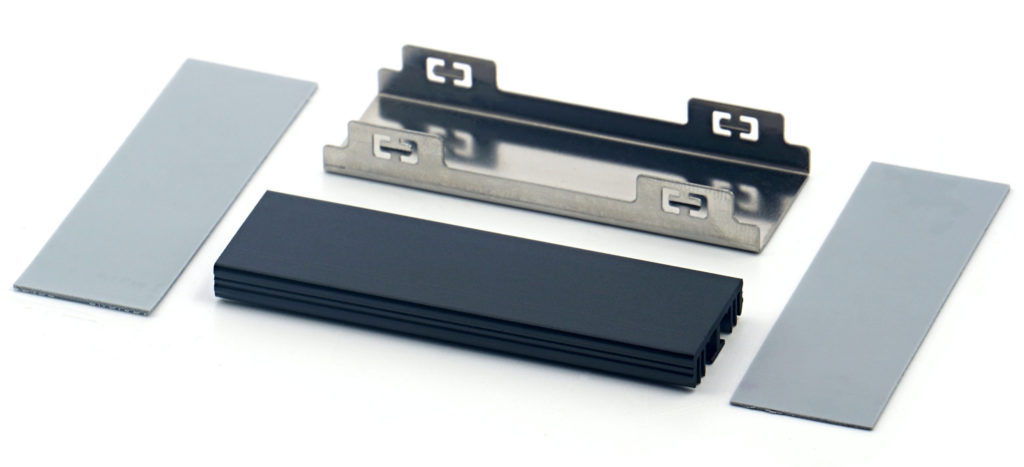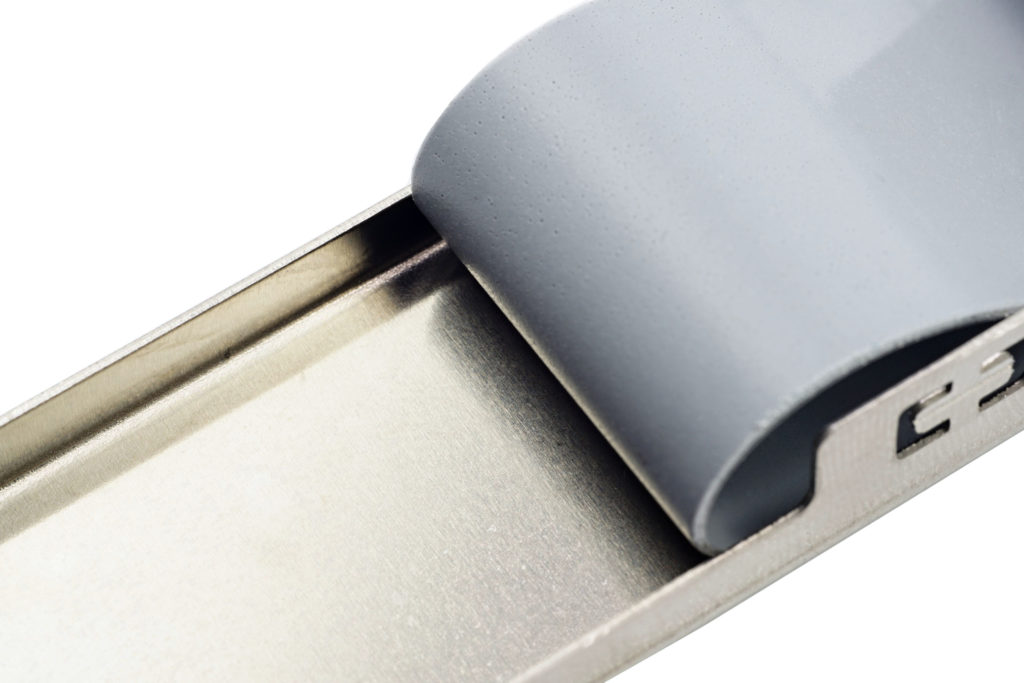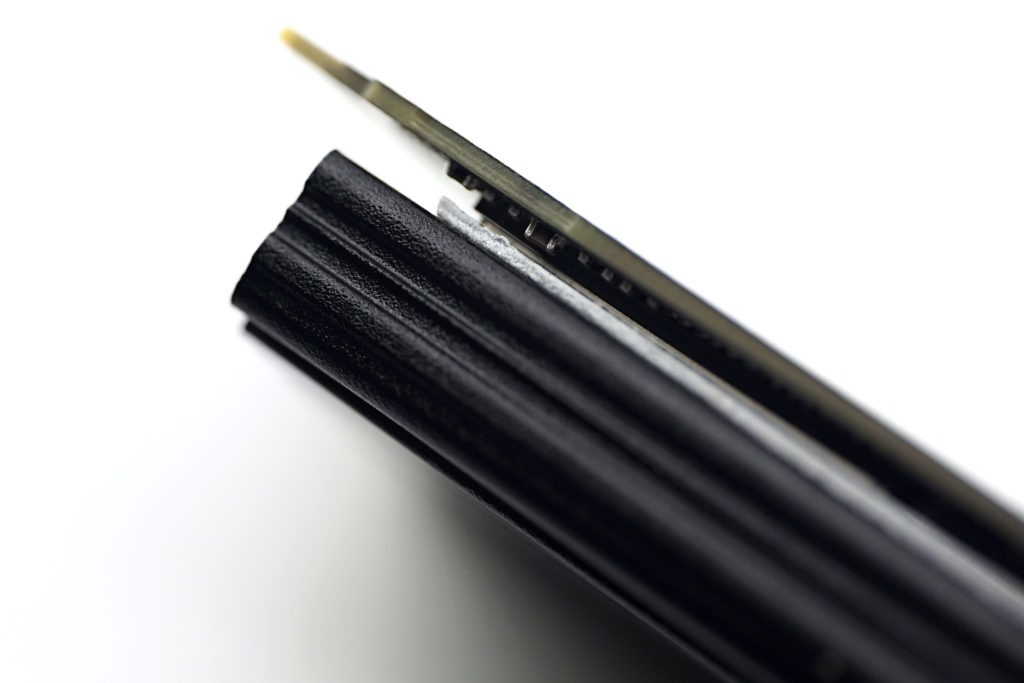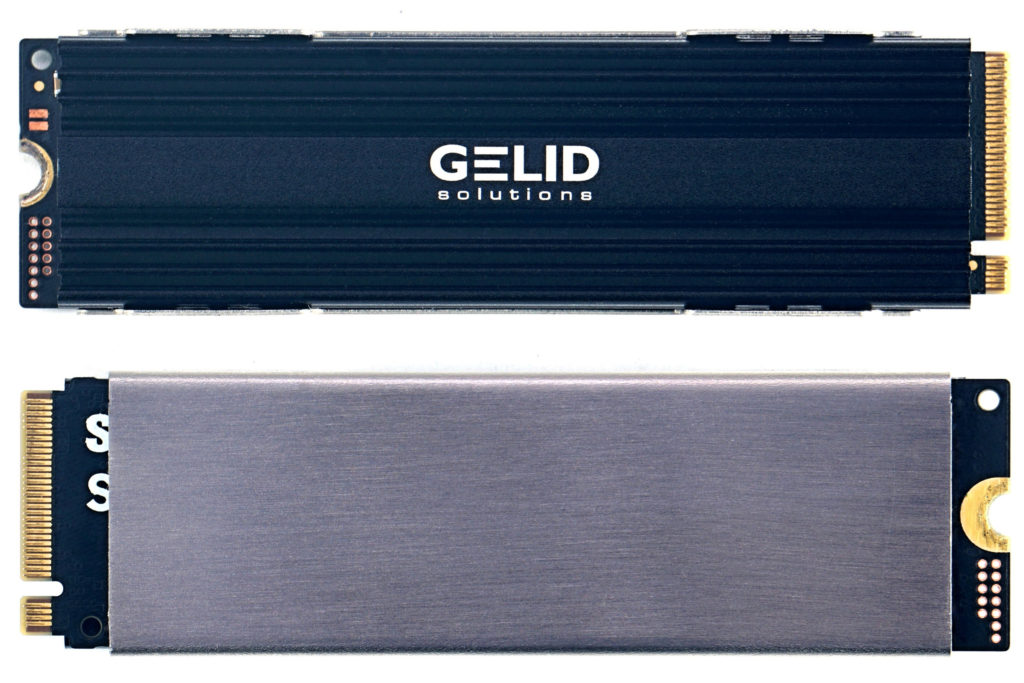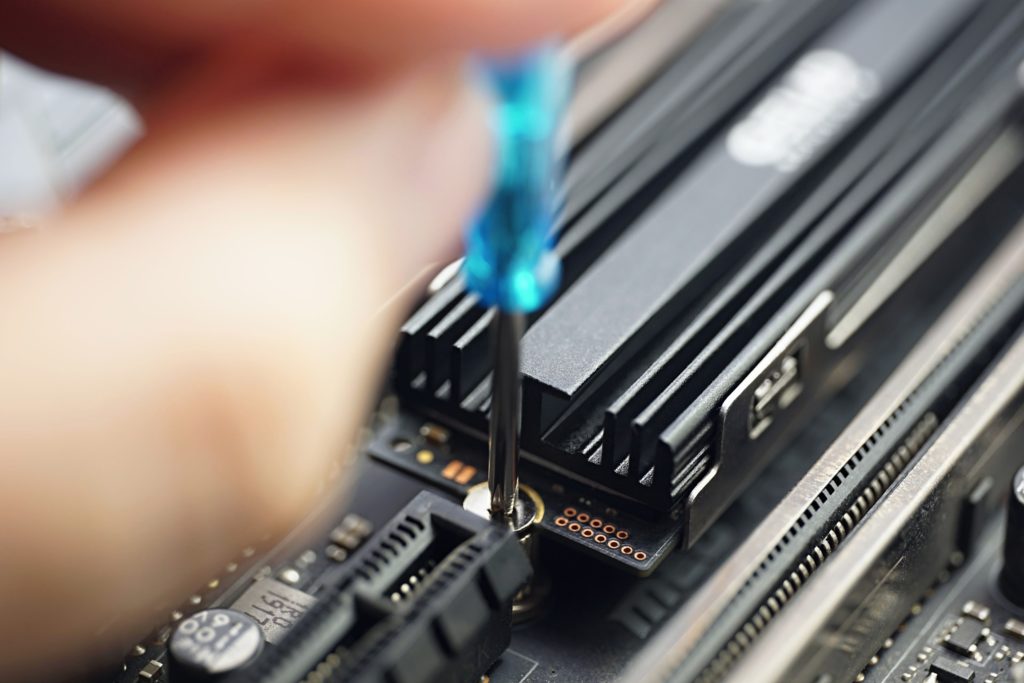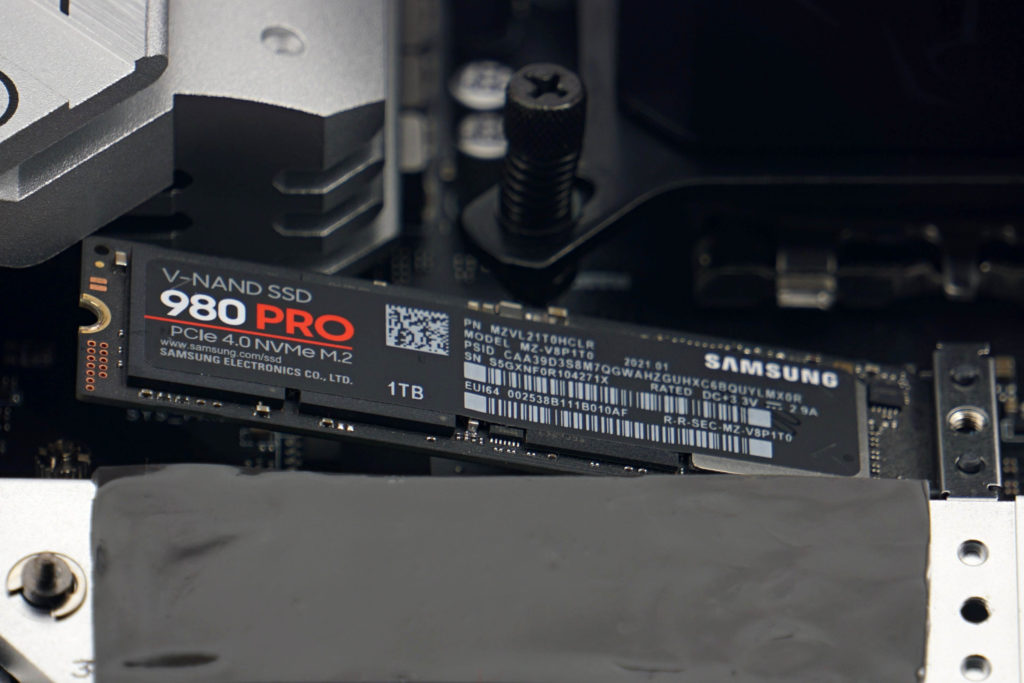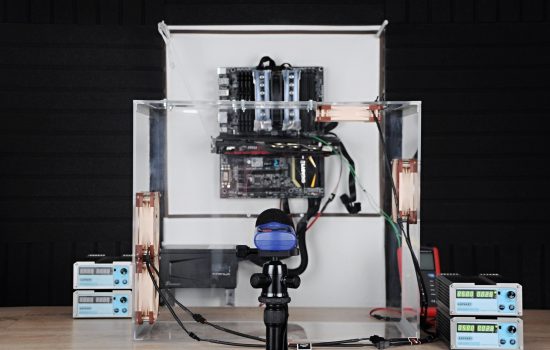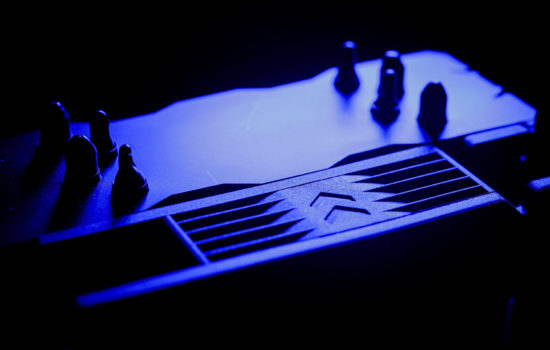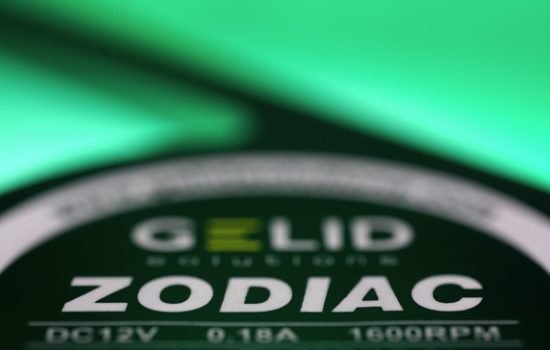The Gelid IceCap cooler in detail
The number of tested SSD coolers is piling up, and the inter-comparison of different models is already quite voluminous. It includes inefficient structures, simpler (but efficient) and more complex designs. The IceCap cooler, which is the subject of this analysis, is among the more reasonable solutions for a few euros. In short, an inexpensive option to consider when thinking about how to reduce SSD temperature.
The Gelid IceCap cooler in detail
Design-wise, the IceCap is the closest to the BeQuiet! MC1, even though it’s not very similar. But it is also based on a low-profile aluminium monolith with longitudinal fins. The IceCap’s heatsink is different in that it has more, narrower fins (than the MC1), but at the same time there are significantly fewer of them than on the Axagon CLR-M2.
The total surface area of the IceCap shell is right in between the aforementioned coolers, with the Gelid solution having larger fin spacing compared to the Axagon. This may be beneficial for more efficient airflow from the system fans, but in the final analysis the larger portion of material matters more, at 17g the IceCap is 23 % lighter than the CLR-M2. Weight-wise (and actually height-wise, at 6mm) it’s in the same category as the BeQuiet! MC1.
Two thin thermal pads and a backplate are included. The pads are only 0.5mm thick, and on SSDs with significantly taller (or lower) controller housing than memory chips, these differences may not be as well compensated for as on coolers with thicker pads.
One pad serves as a thermal interface from the front (to dissipate heat to the heatsink as quickly as possible) and the other from the back, to the backplate. Gelid states in the specs that the thermal conductivity is up to 12 W/mK, so top-notch if that is indeed the case.
Rather unconventionally, steel is used to make the backplate. Usually the backplate is made of aluminium. It has a significantly higher thermal conductivity, but this will not be so noticeable for SSDs, which always have a relatively low power draw. And Gelid apparently decided to save money in this respect as well and chose a cheaper material, which is sufficient given the low TDP of SSDs (max. up to 9 W).
We recommend applying the thermal pad, which is between the back of the SSD and the steel backplate, to the backplate. On it, you set it so that it is exactly from the edge (at the SSD connector) to the circular cutout on the opposite side, through which the SSD attaches to the motherboard spacer post.
In the case of the pad on the front side, we found the opposite approach to be more successful, i.e. putting it directly on the SSD and then attaching the heatsink to it. With the pad pre-installed on the heatsink, you might not hit perfectly over all the chips.
The backplate is mounted to the heatsink via side brackets, which just snap into the side structure (of the heatsink) with grooves. Installation is convenient and as a whole everything holds tight. And perhaps with this mounting system in mind, Gelid chose steel for the backplate, which is more flexible than aluminium and therefore more suitable for this purpose.
The IceCap cooler is only compatible with M.2 SSDs exclusively in the 80mm length format (including thicker SSDs with chips on both sides). It has that in common with the rest of the coolers. Shorter SSDs would not reach the (M.2) connector through the heatsink or would have the mounting post too far away.
Gelid also supplies a small screwdriver with the cooler. You don’t need it to install the cooler to the SSD, but it can be used for mounting it to the motherboard. Still, it depends on a specific one, manufacturers are already trying to avoid small screws and producing various tool-less systems with sliding latches.
Methodology
The tests take place in a wind tunnel that replaces a standard computer case. Four Noctua NF-S12A PWM@550 rpm fans are used for system cooling in a balanced ratio of two intake to two exhaust fans. The intake air temperature is strictly controlled and is kept within a narrow range of 21–21.3 °C for maximum accuracy.
In line with findings from measurements of the impact of different positions on cooling efficiency, we test separate SSD coolers in the first slot, above the graphics card. From board tests we naturally have a lot of results of coolers (referred to as cooler 1 and cooler 2) from other positions as well, but there it is due to their fixed position.
For testing, we use the Samsung 980 Pro SSD (1TB). The load is run for 10 minutes (which is enough time in the wind tunnel for temperatures to stabilize) in CrystalDiskMark – sequential read and write cycles. The achieved power draw then is about 8 W, which is the upper limit of what M.2 SSDs achieve and shouldn’t change even models with PCIe 5.0 interface support.





